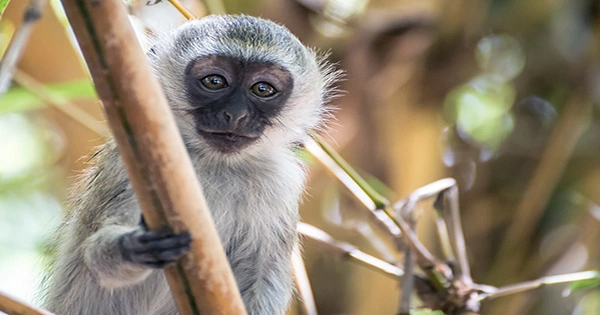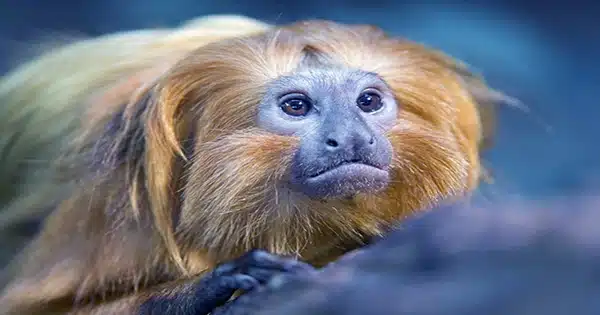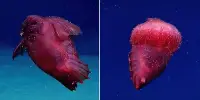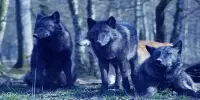According to a new assessment, there are more golden lion tamarins bouncing between branches in the Brazilian rainforest than at any time since attempts to rescue the species began in the 1970s.
According to research released Tuesday by the Brazilian science and conservation NGO Golden Lion Tamarin Association, once on the verge of extinction, with only about 200 animals left in the wild, the population has rebounded to around 4,800.
“We are celebrating, but we are always keeping one eye on other threats because life is not easy,” said Luis Paulo Ferraz, head of the foundation.
Small monkeys with long tails and copper-colored fur, and golden lion tamarins live in family groups led by a mated pair. They usually have twins every year, which everyone in the family helps to raise by bringing them food and carrying them on their backs.

The monkeys are still classified as endangered since they only dwell in Brazil’s Atlantic Forest.
The population survey lasted almost a year. Researchers went to certain sites to see if monkeys responded to recordings of tamarins’ extended call, which essentially communicates “I’m here.” “Are you there?” questioned James Dietz, a biologist and vice president of the group Save the Golden Lion Tamarin in the United States.
The new population statistics are significant since the species had suffered a significant drop because of a yellow fever outbreak. There were 2,500 monkeys in 2019, down from 3,700 in 2014.
Scientists intervened by immunizing over 370 monkeys against yellow fever with shots based on a human formula—a relatively unique method of conservation.
Scientists “cannot pinpoint a single exact cause for the recovery,” but believe multiple factors are at work, according to Carlos R. Ruiz-Miranda, a biologist at the State University of Northern Rio de Janeiro who consulted on the population study.
To begin with, the yellow fever outbreak has diminished, possibly as a result of a combination of the virus’s natural cycle and the vaccination effort.
According to Dietz, who is also a research associate at the Smithsonian Institution’s Conservation Biology Institute, the creatures may benefit from an increase in forest habitat. According to him, the area of connected forest habitat rose 16% between 2014 and 2022, primarily from woods regrown on converted cattle pastures.
Currently, over three dozen farmers and ranchers in the Atlantic Forest region are involved in such reforestation efforts.
“Seeing the tamarins running around free on my farm makes me so happy.” “They don’t just live in protected areas,” said Ayrton Violento, a farmer and entrepreneur in Silva Jardim. Fazenda dos Cordeiros, his family’s property, has planted native fruit trees and also operates a tree nursery for native Atlantic Forest seedlings to be put on other farms.
“Recently, every year, I see more tamarin families, more frequently,” he remarked.
Despite the excellent news, Ferraz of the non-profit Golden Lion Tamarin Association expressed concern about a resurgence of trafficking for the illegal pet trade. The problem was widespread in the 1960s, but it had nearly vanished in recent decades due to increased enforcement.
According to the anti-poaching NGO Freeland Brazil, Suriname’s forest service recovered seven golden lion tamarins and 29 endangered Lear’s macaws thought to have been transported from Brazil for sale in Europe in July.
“We’ve seen the species’ resilience, but we also know they’re still vulnerable,” Ferraz added.
















